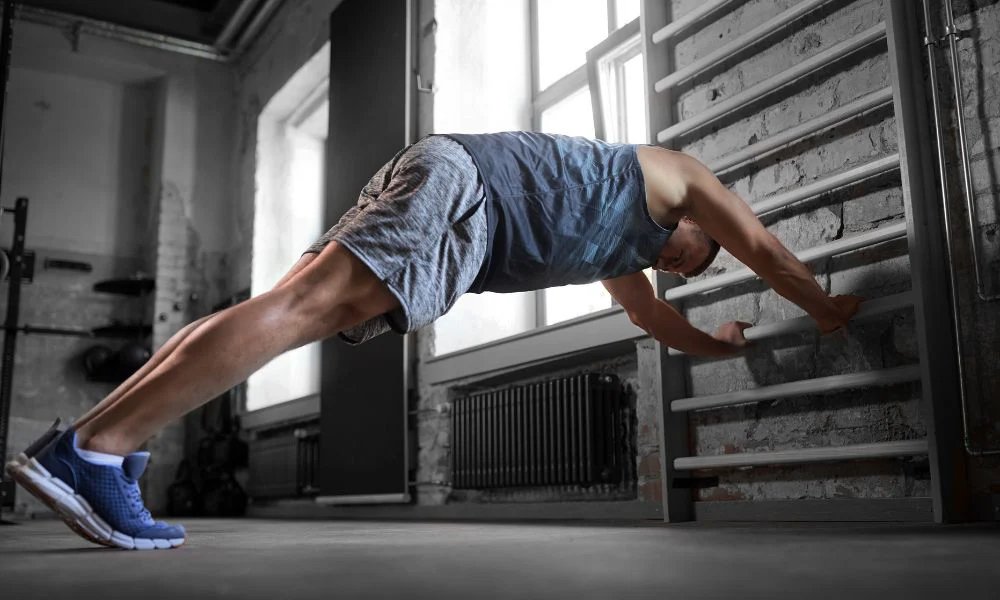Swedish exercise, known for its simplicity and effectiveness, has long been a pillar of fitness and health. Rooted in centuries-old traditions, Swedish exercise combines physical movement with a focus on mental well-being. As the world becomes more conscious of the need for a balanced and holistic approach to fitness, Swedish exercise is gaining popularity for its unique ability to integrate the body and mind. But what exactly is Swedish exercise, and how can it revolutionize your fitness routine?
What is Swedish Exercise?
Swedish exercise, or Swedish gymnastics, was first developed in the early 19th century by Pehr Henrik Ling, a Swedish physical therapist and gymnastics educator. It combines rhythmic movement, strength training, and postural alignment with a focus on breathing techniques. Unlike high-intensity workouts, Swedish exercise emphasizes controlled, low-impact movements that engage multiple muscle groups simultaneously. This holistic approach supports both physical fitness and mental clarity.
Swedish exercise routines can vary widely, ranging from simple bodyweight exercises to more complex sequences involving equipment like resistance bands or free weights. Whether you’re a beginner or an experienced athlete, Swedish exercise is adaptable to any fitness level, making it a versatile option for those looking to improve their overall health.
Benefits of Swedish Exercise
One of the key appeals of Swedish exercise is its holistic nature, benefiting not just the body but also the mind. Here’s why you should consider incorporating this practice into your fitness regimen:
1. Improved Flexibility and Strength
Swedish exercise places a significant emphasis on movements that stretch and strengthen the muscles. By regularly practicing these exercises, you can improve your flexibility, increase muscle tone, and enhance your overall range of motion. The slow, deliberate pace allows for optimal muscle engagement, reducing the risk of injury and promoting long-term strength.
2. Boosted Cardiovascular Health
Although Swedish exercise isn’t as high-intensity as many modern workouts, it still provides cardiovascular benefits. Engaging in consistent rhythmic movements boosts blood circulation, enhances lung capacity, and improves heart health over time. This makes it an ideal form of exercise for individuals seeking a gentler alternative to high-impact workouts without sacrificing cardiovascular fitness.
3. Enhanced Mental Well-being
Swedish exercise encourages mindful movement, with an emphasis on breathing and posture. This mindfulness can help reduce stress and anxiety, leaving you feeling refreshed and focused. The slow pace and attention to controlled breathing techniques can also create a meditative state, making Swedish exercise a natural complement to mental health and stress-relief practices.
4. Posture and Balance
By focusing on correct posture and balance, Swedish exercise helps individuals develop better alignment and coordination. This is especially beneficial for people who spend long hours sitting at a desk or who suffer from poor posture. Practicing these exercises can strengthen core muscles and improve spinal alignment, leading to better overall posture and reduced back pain.
Key Swedish Exercise Techniques
Swedish exercise can be broken down into several key movements and techniques that are central to the practice. Here are a few foundational exercises:
1. Stretching
Gentle, full-body stretches are often included at the beginning and end of a Swedish exercise session. These stretches help to warm up the muscles, increase blood flow, and enhance flexibility. Key stretches may involve shoulder rolls, hamstring stretches, and side lunges.
2. Bodyweight Movements
Classic bodyweight exercises like squats, lunges, and push-ups form the foundation of Swedish exercise. These exercises engage major muscle groups while promoting balance and stability.
3. Rhythmic Breathing
Proper breathing is essential to Swedish exercise. Practitioners focus on deep, rhythmic breaths that align with their movements. This helps to oxygenate the body, regulate heart rate, and foster a sense of calm.
4. Posture Correction
Swedish exercise places great emphasis on posture. Many movements are designed to promote spinal alignment and proper posture, which can help reduce back pain and enhance balance.
How to Incorporate Swedish Exercise into Your Routine
The beauty of Swedish exercise is its adaptability. Whether you prefer working out at the gym, in the comfort of your home, or in nature, Swedish exercise can be tailored to fit your lifestyle. You can incorporate Swedish exercise as a warm-up or cool-down for more intensive workouts, or you can dedicate a full session to Swedish gymnastics for a low-impact, yet effective fitness routine.
Conclusion: The Future of Fitness
As more people seek sustainable and mindful approaches to fitness, Swedish exercise offers a refreshing alternative. By focusing on the harmony of body and mind, Swedish exercise allows individuals to achieve physical strength, flexibility, and mental clarity. Whether you’re looking to improve your posture, enhance cardiovascular health, or reduce stress, Swedish exercise provides a versatile and holistic solution to your fitness needs.



